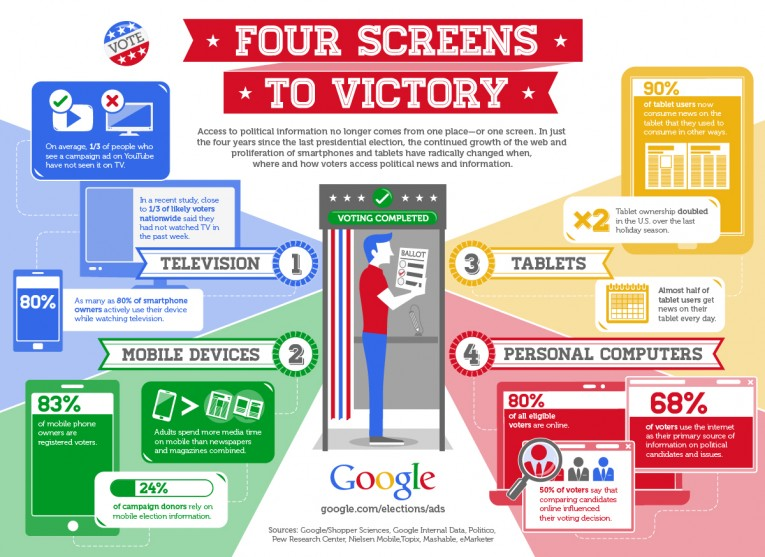As U.S. political speeches go, many of us will agree that George Bush was never destined to grace us with the same public speaking prowess that seemed to come so naturally to individuals like Martin Luther King Jr. and Steve Jobs. Bush once proclaimed “You teach a child to read, and he or she will be able to pass a literacy test”.
In this rather amusing example, I shouldn’t really need to point out that he could have perhaps chosen his words a bit more wisely. However, it does raise an important point: when communicating with your audience either verbally or in writing, carefully craft your words around the information that you are trying to deliver.
An excellent article that I was reading recently whilst on my way to work illustrates my point. At the time of publishing, it was particularly relevant as Barack Obama and Mitt Romney were just about to put on their political boxing gloves and step inside the ring for their second televised debate. It analysed the different approaches that each had adopted for their campaigns; Obama, having being elected on the previous success of slogans such as ‘Hope’ and ‘Change’ decided to stick with a similar strategy communicating his vision for the future with ‘Forward.’, whilst Romney decided on a seemingly more traditional and patriotic ‘Believe in America’.
Which you prefer is up to you, but what I found interesting, and relevant to designing e-learning, is the ability that slogans have to resonate with people and communicate a much wider point without the need for any lengthy explanation. Obama selected ‘Forward.’ because it allows the everyday American to get a taste of where their potential leader wants to take the country without getting into the complications of political policies. Somehow, I don’t think that ‘I will do a better job this time around, moving America forward by investing an additional $98 billion in education‘ has quite the same effect…
My point is that learners don’t want to be bogged down by paragraph after paragraph of information when it is not necessary. We’ve found that individuals normally lose concentration within the first 10-20 minutes of an e-learning module. Make the best use of this time by ensuring that everything they read or hear is delivered in a well-written and concise way that contributes to their development. And don’t be afraid of introducing creative visuals either.

In the same article that I was reading a few weeks back, I was also drawn to an infographic that quite creatively explained the more intricate details of the American election. Everywhere I looked I was rewarded with bursts of facts or figures that helped me learn. Take a look at the example above for instance (click on the image to see an enlarged version). Do you think that you would still want to read about how mobile technology has impacted the U.S. presidential campaigns if it was neatly formatted in Times New Roman 12 on Microsoft Word?
I’m not saying that we should look to utilise infographics in all of our e-learning; some of you may even be against the idea completely. However, I want to highlight the power that a blend of creative imagery and well-thought content can have on a learner. For example, after typing in ‘infographic’ on Google, I found myself learning about all sorts of obscure topics – from how many chickens I would need to fill an asteroid a mile wide and deep to the company I should fly with if I wanted to experience my ‘happiest’ journey – purely because I was drawn in by this combination.
Whatever the subject, one of the main challenges in e-learning (and one that we experience all too often here at Saffron) is explaining the concept that more content does not necessarily mean that more will be learnt. Training shouldn’t just be about trying to overload individuals with as much subject matter as possible; it should aim to employ a range of methods in order to build engagement with the course, changing behaviours for the long term.
Why not get a head start with your business communications or e-learning by checking out our top 10 tips:





